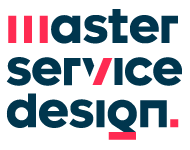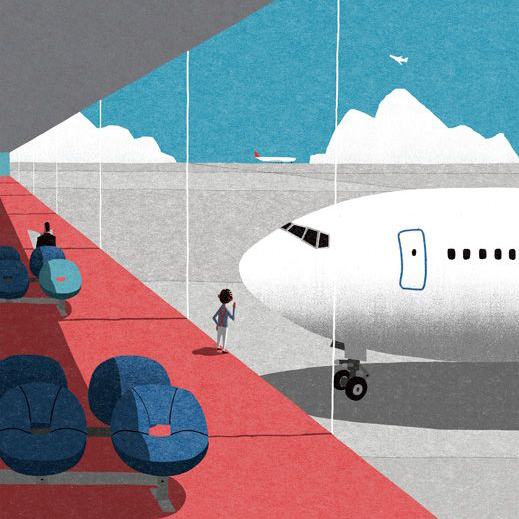The definition of empathy is the ability to be aware of, understanding of, and sensitive to another person’s feelings and thoughts without having the same experience.
As service designers, we consciously work to understand the experience of our clients and their customers. Service Design results in the design of touch-points across platforms that enable user experiences across different channels, systems and contexts. It is important to note that user experience cannot be designed – the experience lies with the user. What can be designed is the fluidity of the touch-points, the flow of processes and the system meant to render the experience. User experience exists regardless of its design one can not have an experience. An experience is a memory of something that occurred and lived through. So it’s really about how the experience is, its design, consistency and management. It can be broken or smooth and herein lays the crucial decision of the company to act and the role of the service designer to empathize and deploy.
We, as designers, have also changed how we think of success and impact. Success is not judged solely within the span of a project or product launch. The impact of design work must have staying power far beyond its final presentation, implementation, and market adoption. Talking with a few users to discover what’s needed in a product is no longer enough. Design empathy must expand to suppliers, buyers, and customers—the whole ecosystem of people and businesses involved. The impact of a design solution and the deployment of the same needs to be understood absorbed, designed and presented as a part of the final delivery.
Service Designers should include as many people as possible and not just the teams involved in the empathy process. When a whole company expresses true empathy for its customers, employees enjoy a sense of clarity and purpose—and they do better work. As designers, we find that empathy helps businesses create and measure success in new ways. After all, the broadest definition of design is that it transforms current situations into preferred ones (Simon, 1996) When these preferred situations align with the goals of multiple stakeholders, everyone benefits.
—
References and citations: Empathy on the edge By Katja Battarbee, Jane Fulton Suri, and Suzanne Gibbs Howard, IDEO
Illustration: Ryo Takemasa

